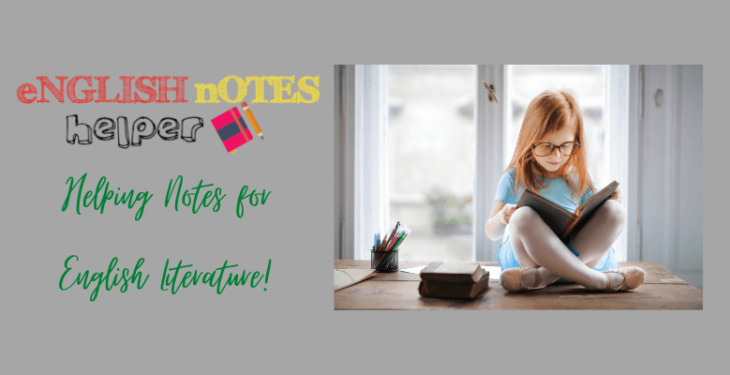On the basis of outstanding achievement, Browning gained a reputation second only to that of Tennyson in the latter half of the 19th century. Like other Victorian, he was interested in nature but was more fascinated by human nature. In his dramatic poems, there is a psychological analysis of his characters at their motives. Meeting At Night is a typical example of his short, simple, and dramatic lyric.
The poem opens without a preamble. The reader is brought straight away to the narrator’s boat being rowed in the grey sea. The long line of the shore looks black in the night. The golden half-moon seems suspended low in the sky. The reflection of the moonlight on the waves gives them the appearance golden curls of someone who has suddenly woken up from a sleep. The boat reaches a bay and it comes to a stop in the soft, wet sand.
The narrator then continues his eager journey on foot, walking along a mile on the warm beach that smells of salt water and fish. The lover then crosses three fields till he comes to a farm. He taps at a particular window. He can hear the sound of a matchstick striking a box after which a blue flame of a lighted match becomes visible. He then hears his beloved’s voice which is softer than their heartbeats. The voice is full of joy and fear-joy at his arrival and fear probably of being discovered. The journey concluded happily as the two lovers join in a passionate embrace.
The poem reads like a short story which is the characteristics example of a dramatic lyric. It evolves an atmosphere of joy by suggesting everything rather than explaining anything. The prominent feature of the poem is its brevity and intensity. The excitement of the meeting is built up through selection details of the journey. The eagerness of the lover is conveyed in the quick pace and rhythm of the poem. The rhyme scheme follows the pattern of ab cc ba; dc ff ed. The musical quality of his poem is ensured by the extensive use of alliteration ‘L’ sound captures the peace and quiet of moonlight. ‘S’ sound creates an onomatopoeic effect. The poem is like a painting with the colors of grey, black and yellow. Not only does he makes us see but make us smell ‘sea-scented beach’ hear ‘sharp scratch’ as feel two hearts beating. The poem is richly sensuous and suited to its romantic theme.




